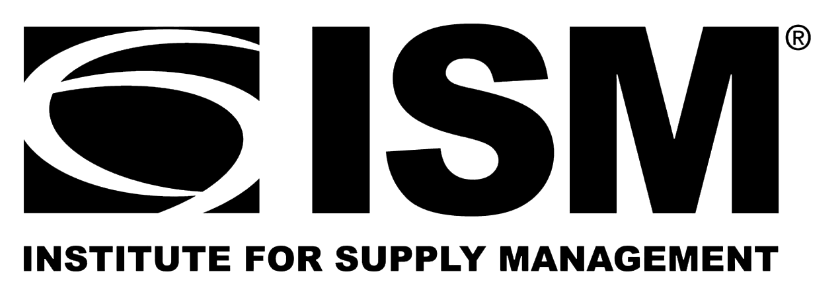Features

ISM: Manufacturing down again in August
Written by David Schollaert
September 3, 2024
US manufacturing activity contracted for a fifth straight month in August, as reported in the latest release from the Institute for Supply Management (ISM). The Index has indicated contraction in the manufacturing sector for 21 of the last 22 months.
The ISM Manufacturing PMI improved to 47.2% in August, up just 0.4 percentage points from July, and the lowest reading of the year. A reading above 50 indicates the manufacturing economy is growing, while a reading below 50 indicates contraction.
Despite this, ISM said the overall economy remained in expansion for the 51st month in a row through July. (The institute noted that a Manufacturing PMI above 42.5%, over a period, generally indicates that the overall economy is expanding.)
“Demand remains subdued, as companies show an unwillingness to invest in capital and inventory due to current federal monetary policy and election uncertainty,” said ISM Chair Timothy R. Fiore. “Production execution was down compared to July, putting additional pressure on profitability.”
The slowdown in demand was impacted by lower results in several indices, but primarily driven by declines in New Orders, Backlog of Orders, and Customers’ Inventories, the report said.
Of the 17 manufacturing industries tracked, ISM said five reported growth in August while the remaining 12 contracted. Primary Metals was identified as a growing industry while Fabricated Metal Products was reported to be in contraction.
Steel market comments
The report includes comments from survey respondents, one of which was from a fabricated metal products executive expressing the extent of the decline in business conditions:
“Our order levels are on a slow, steady decline; it looks like the trend will continue through the end of the year,” the respondent said.
“We are downsizing through attrition and not hiring backfills, but there have been no layoffs to date. The bright spot is a few customer programs have helped increase orders for parts, resulting in some production areas to be very busy while others have little work,” the respondent added.
The full August report is available on the ISM website here.

David Schollaert
Read more from David SchollaertLatest in Features

Final Thoughts
Nearly 50% of respondents to our latest survey thought hot-rolled coil prices have already peaked. And where will those prices be two months from now? Responses were decidedly split on that question.

April energy market update
In this Premium analysis we examine North American oil and natural gas prices, drill rig activity, and crude oil stocks. Trends in energy prices and rig counts serve as leading indicators for oil country tubular goods (OCTG) and line pipe demand.

SMU Survey: Less support seen for Trump tariff policies
Meanwhile, an increasing number think it's too early to say whether the penalties are going to bring more manufacturing to the US.

Join SMU on April 30 for a Community Chat with Bilstein Cold Rolled Steel CEO Brent Wilson
Bilstein Cold Rolled Steel LLC CEO Brent Wilson will be the featured speaker on the next SMU Community Chat webinar on Wednesday, April 30, at 11 am ET. You can register here. Reminder: The live webinar is free to attend. A recording will be available only to SMU subscribers. About Bilstein and Wilson Bilstein Cold […]

SMU Survey: Sheet lead times ease further, plate hits one-year high
Steel buyers responding to this week’s SMU market survey report a continued softening in sheet lead times. Meanwhile, plate lead times have moderately extended and are at a one-year high.
